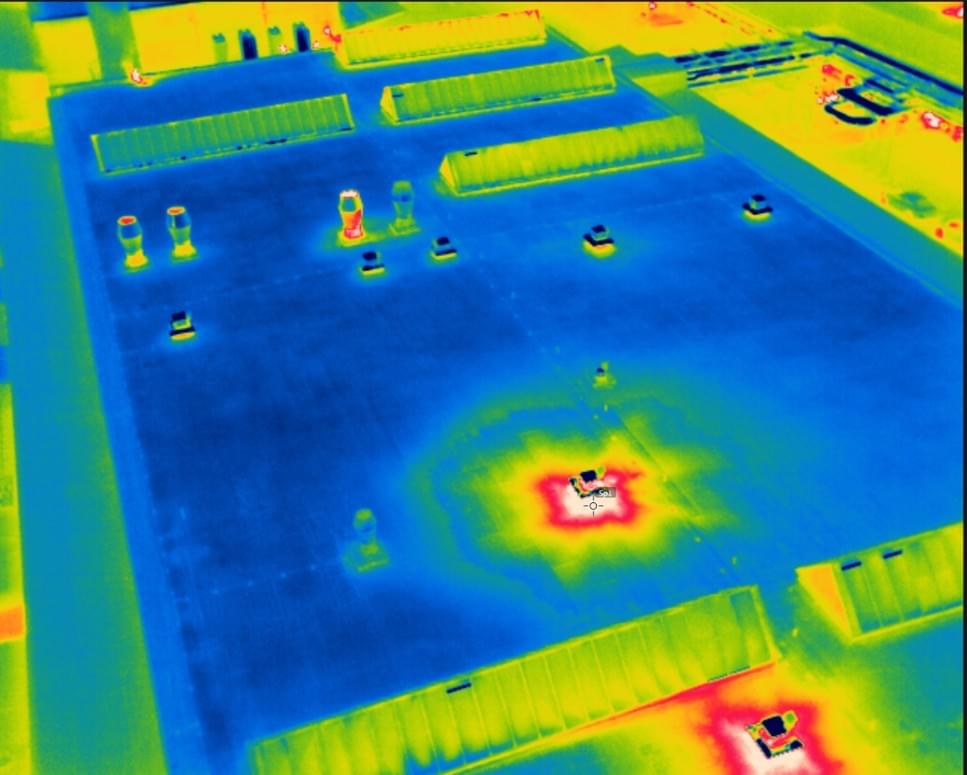Infrared Thermography
Infrared Thermography
Identifies Hidden Moisture in Flat Roofs

Infrared thermography is a powerful, non-invasive technology used to detect hidden moisture within flat roofing system an important step in preventing costly damage and maintaining structural integrity.
How the Process Works
- Thermal Mass Differences: Moisture trapped inside roofing insulation or materials increases their thermal mass. This means wet areas absorb heat from the sun during the day and release it more slowly than dry areas at night.
- Infrared Scanning: Specialized cameras capture infrared (heat) energy emitted from the roof’s surface, rendering thermal images (thermograms) that highlight temperature variations. Areas retaining heat longer usually indicate the presence of moisture beneath the surface.
- Timing: Scans are most effective after sunset or during cool-down periods when the difference between heat retention in wet and dry areas is most noticeable.
Related Trends Include:
- Commercial Due Diligence
- Environmental Due Diligence
- Environmental Audit
WBTreece Consultants Related Videos:
Service Overview
Capital Reserve Study
Construction Draw Inspections
Please check out all of our resources at WBTreeceConsultants.com
Visit WBTC Official Websites:
#PCA #PHASE1 #ESA #CNA #Capital #CRS #ReserveStudy #Cost #CostSegregation #Equity #Assessment #Evaluation
#Equity #PCA #CNA #Assessment #Evaluation #HomeInspection #CommercialInspection
#SmartBuildings #CampusTech #IoTEducation #AIEfficiency #SustainableCampus
#PropertyInvestment #RenovationROI #RealEstateStrategy #CommercialProperty #PCA
